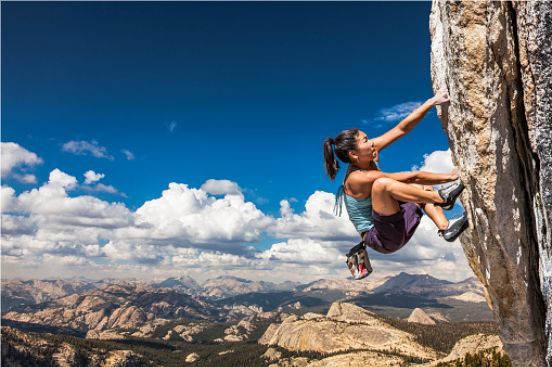Climb Every Mountain

Climb Every Mountain
More climbers are heading to the world’s tallest summits—including Everest—to test their limits in 2022. More climbers are summiting Mount Everest than ever before.
So how can technology prevent mountain climbing tragedies despite the growing number of climbers? Let’s take a look:
1. Increased Satellite Communications
Increased satellite communication technology has given climbers greater situational and directional awareness. Guthbook guides, a popular hiking trail phone app, uses a phone’s internal GPS to help trailers on long climbs without using the internet.
The introduction of satellite phones has enabled climbers to use the internet on massive expeditions. Some phones will switch between satellite and cellular depending on the area. As a result, climbers can always stay in contact with people—despite being 20,000 feet above sea level and in hazardous conditions.
2. The Introduction of Home Altitude Systems
One of the most prominent climbing hazards is altitude sickness. It typically starts 6 to 24 hours after reaching altitudes over 2,500 meters above sea level.
Home altitude systems can help climbers prepare for high altitudes before they start mountain climbing. Sports accessories—such as oxygen deprivation masks— also help altitude performance. In addition, sleeping in a hypoxic tent for weeks before an expedition can help climbers adjust.
3. VR Goggles to Help Climbing Technique
The introduction of virtual reality technology is changing our world; it’s also transforming high-altitude mountain climbing. VR Goggles can put climbers on a climbing wall or a complex climbing route, such as “Delicatessen” on the island of Corsica. Therefore, climbers can practice their climbing techniques in a safe environment.
4. Improvements in Climbing Equipment
One of the most dangerous risk factors for climbers is poor weather conditions. Sometimes, poor weather is the sole reason behind climbing tragedies. However, clothing has significantly improved in the last decade. For example, lightweight clothing that can absorb and retain heat is becoming more prevalent.
In addition, telemetric clothing can monitor body metrics via artificial intelligence to gauge climber performance. It will send the data to a mobile platform so the climber can understand their body physiology and adjust if required.
Is Technology Making Climbing Safer?
Yes.
Although there still needs to be an improvement, technology has improved climbing safety in the last ten years. It’s decreasing the likelihood of death and enabling more people to follow their climbing dreams.
Final Thoughts
Nothing will replace the sheer expertise and brilliance of a Sherpa in Nepal. However, cutting-edge technology can help more people climb the world’s most immense summits.
It won’t prevent all mountain climbing tragedies—but it will certainly reduce them.